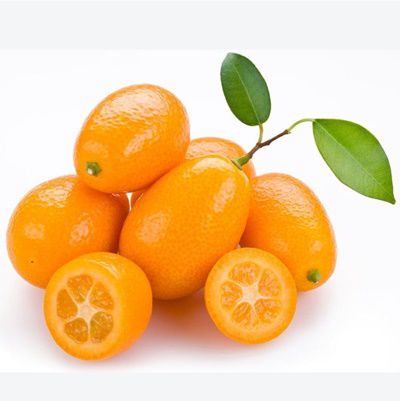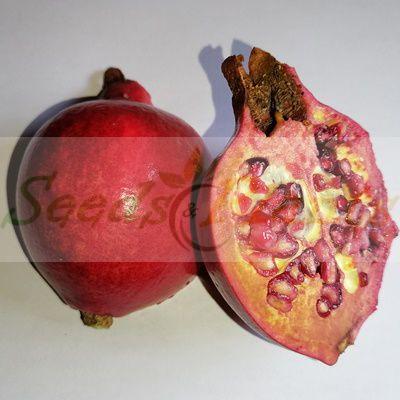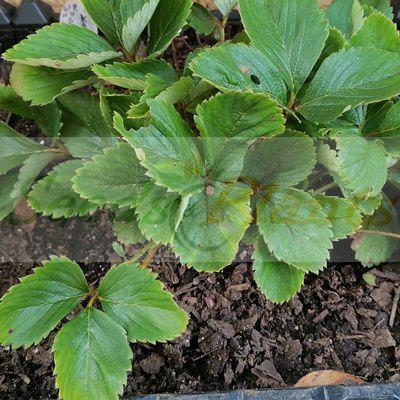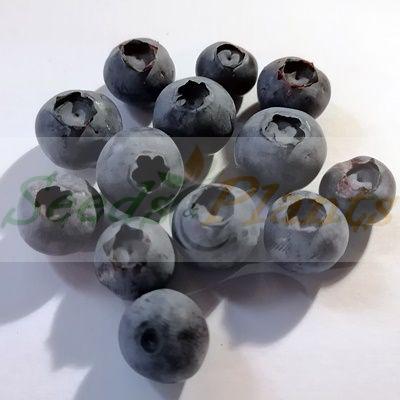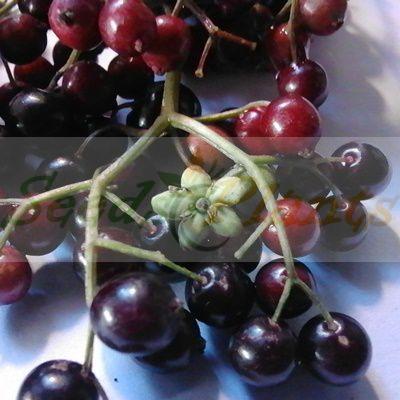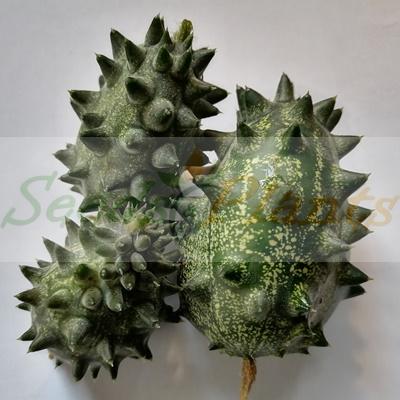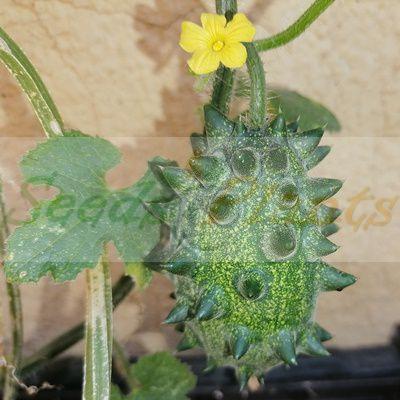🍒 Fruit Quick Facts
Fruit Info
- 🌍 Origin / Region: Italy
- 🍽️ Culinary Use: Cooked / Baked / Dried fruit, Cooked greens, Desserts, Jams and Jellies, Pies and tarts, Raw Eating
- 🥗 Edible Part: Berry, Leaf
- 😋 Flavor Profile: Slightly sweet, Tomato-like
Growth Traits
- 🌱 Life Cycle: Annual
- 🌾 Plant Type: Herbaceous plant
- 🔁 Fruiting Needs: Needs Only 1 Plant
- 🪴 Growth Habit: Bushy, Compact
- 🌸 Flower Color: White
- 📏 Mature Height: 20-90cm
- 🦋 Pollinator Method: Attracts Bees, Attracts Butterflies, Attracts Wasps, Self-pollinating
Growing Requirements
- 🌞 Sun Exposure: Full Sun
- 💧 Water Needs: Avoid Overwatering, Regular Water, Water Deeply
- ☀️ Growing Conditions: Frost Sensitive, Heat Tolerant, Low drought tolerance, Not Cold Tolerant
- 🟤 Soil Preference: Fertile, Tolerant of most soils, Well-Drained
Otricoli Orange Berry – 100 Seeds
(Solanum species)
R30.00
This very rare to find and unusual nightshade plant originates from Italy, at the ancient Roman site of Ocriculum. Tiny bright orange berries which are about the size of a pea. The fruits taste like a cherry tomato and is mildly sweet.
Seed Type: Organic – Harvested from our own plants.
Indoor Sowing: Late Winter and Early Spring.
Direct Sowing: Spring.
Out of Stock
Email me when the product is back in stock.
🍒 Fruit Quick Facts
Fruit Info
- 🌍 Origin / Region: Italy
- 🍽️ Culinary Use: Cooked / Baked / Dried fruit, Cooked greens, Desserts, Jams and Jellies, Pies and tarts, Raw Eating
- 🥗 Edible Part: Berry, Leaf
- 😋 Flavor Profile: Slightly sweet, Tomato-like
Growth Traits
- 🌱 Life Cycle: Annual
- 🌾 Plant Type: Herbaceous plant
- 🔁 Fruiting Needs: Needs Only 1 Plant
- 🪴 Growth Habit: Bushy, Compact
- 🌸 Flower Color: White
- 📏 Mature Height: 20-90cm
- 🦋 Pollinator Method: Attracts Bees, Attracts Butterflies, Attracts Wasps, Self-pollinating
Growing Requirements
- 🌞 Sun Exposure: Full Sun
- 💧 Water Needs: Avoid Overwatering, Regular Water, Water Deeply
- ☀️ Growing Conditions: Frost Sensitive, Heat Tolerant, Low drought tolerance, Not Cold Tolerant
- 🟤 Soil Preference: Fertile, Tolerant of most soils, Well-Drained
Otricoli Orange Berry (Solanum species) is a very rare to find and unusual nightshade plant. It was collected originally by the Gettles in Umbria, Italy, in the ancient Roman site of Ocriculum. It was found growing along the Tiber River, growing with the common black nightshade, (S. nigrum).
Plants reach 90cm in height, having typical nightshade leaves and white flowers. The small berries are bright orange. The berries are about the size of a pea and are a translucent red when ripe. You can see the seeds through the skin. This species has been used as food for thousands of years, but you must use only ripe fruit for eating.
Otricoli Orange Berry Culinary Uses
- The edible fruits taste like a cherry tomato and is mildly sweet.
- The young, edible leaves are cooked just like spinach and any other greens, but have a strong, slightly bitter taste.
- The leaves and berries are used in many cuisines, especially Chinese, Indian, African, Greek and Indonesian.
- PLEASE NOTE only ripe fruits from Solanum species are edible.
Growing Otricoli Orange Berry
Indoor Sowing: Late Winter and Early Spring.
Direct Sowing: Spring.
- It is an annual plant and it is very easy to grow from seed.
- The plant is a prolific producer throughout the growing season.
- The plant reseeds readily, so if you do not want to end up with many plants, it is best to grow the plant in a container.
- The plant can grow up to 90 cm in height.
- It can tolerate most soils and harsh conditions but prefers slightly moist soil.
- The berry plant needs to grow in full sun.
- Sow Otricoli Orange Berry Seeds in Spring.
- Plant the seeds as you would plant tomato seeds.
- Simply cover the seeds with a fine layer of soil and water.
- You can sow the seeds directly where you want it to grow or you can start them off indoors.
- Germination is in 7 to 14 days.
Can this plant be used for culinary purposes?
Otricoli Orange Berry is traditionally used for culinary purposes such as cooked / baked / dried fruit and cooked greens.
Disclaimer
Medicinal Information:
All medicinal information on this website is for educational and informational purposes only and may not be construed as medical advice. The information is not intended to replace medical advice or treatment offered by healthcare professionals.
Seeds, Plants, Plant Cuttings, Geophytes and Dried Herbs:
In some countries and provinces, certain plants are deemed as invasive and are not allowed to be planted at all, whilst some plants are allowed to be grown only in certain areas or provinces. The onus is on you as the buyer to familiarize yourself with the regulations pertaining to your location, before purchasing any of our seeds, plants, plant cuttings, geophytes or dried herbs. We will not be held liable, should you purchase any seeds, plants, plant cuttings, geophytes or dried herbs. from us which are prohibited in your country or province.










